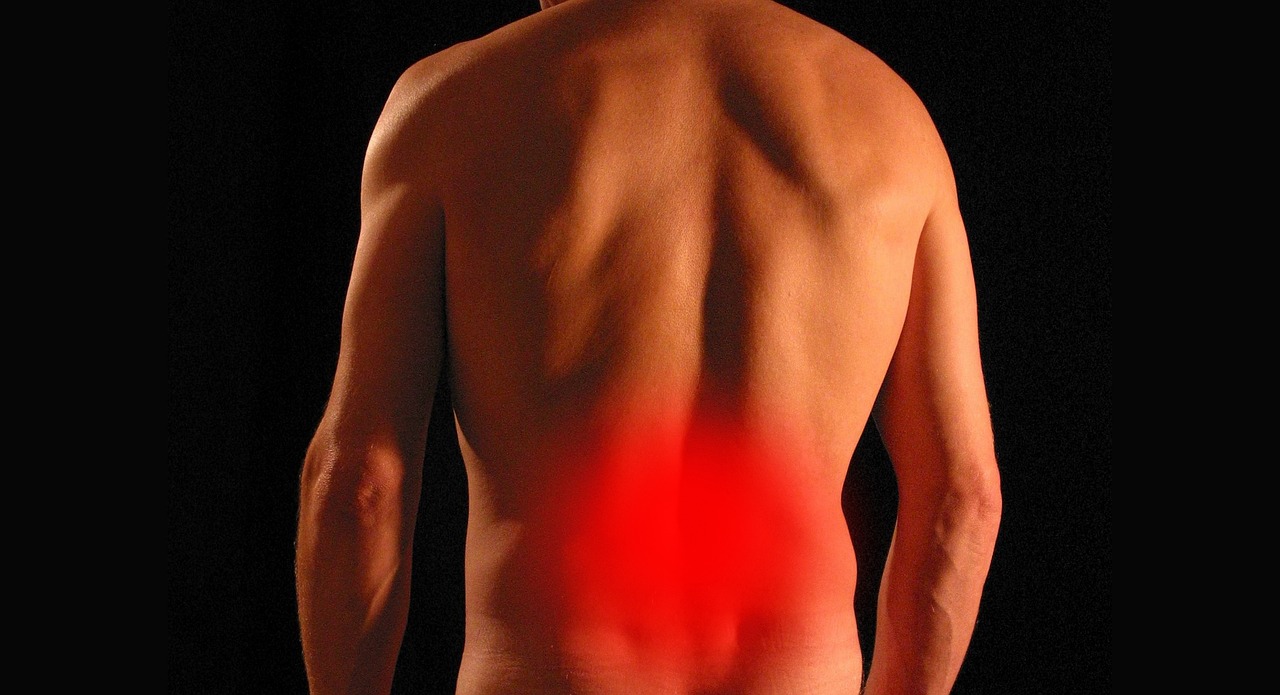Health
How Physical Therapy Can Help To Relieve Lower Back Pain

Lower back pain is a prevalent condition that impacts millions of people globally. It can stem from various factors, ranging from inactive routines to demanding physical exertion, and its consequences can significantly disrupt everyday life.
Amid many accessible remedies, physical therapy is a ray of hope for individuals seeking relief from this enduring ache. Physical therapy has showcased its efficacy in alleviating lower back pain and restoring an elevated quality of life.
Physical therapy adopts an all-encompassing approach, customized techniques and is firmly rooted in verified methodologies. This article delves into the transformative potential of physical therapy as a pivotal player in the fight against lower back pain.
Lower Back Pain: A Common Enemy
The lumbar area also called the lower back, comprises a complex network of intervertebral discs, bones, ligaments, and muscles. Many factors, including poor posture, muscular imbalances, ruptured discs, spinal stenosis, and even emotional stress, are usually responsible for lower back discomfort.
While sudden strains or accidents can cause acute lower back pain, a confluence of these factors frequently results in lingering discomfort.
Here’s how physical therapy can help to relieve lower back pain;
Core Strengthening and Muscle Balancing
Core strengthening is fundamental in addressing lower back pain through physical therapy. Insufficient core muscle strength intensifies the discomfort by overloading the lumbar area. Specifically tailored by physical therapists, these exercises engage the profound abdominal muscles, obliques, and back extensors.
This approach establishes a robust support framework for the spine, alleviating pain and impeding potential recurrences through correct alignment and posture. By cultivating these muscle groups, individuals find relief and protection against future bouts of lower back pain.
Flexibility and Range of Motion
Limited mobility can play a significant role in developing lower back pain. To address this, skilled physical therapists employ various techniques, including targeted stretches, precise joint mobilization, and effective myofascial release.
These interventions work synergistically to enhance flexibility and expand the range of motion within the spine and its adjoining muscles.
These therapeutic approaches empower patients to experience enhanced freedom of movement and diminished pain levels by alleviating tension and mitigating discomfort. Miraclerehabclinic.com offers one of the best physical therapy services for those living in Michigan near Livonia, MI.
Posture Correction and Body Mechanics
Modern lifestyles frequently foster suboptimal posture, culminating in undue pressure on the lower back. In response, adept physical therapists enlighten patients regarding appropriate body mechanics encompassing diverse endeavors, from sedentary desk work to heavy object lifting and physical exercises.
By advocating improved posture and harmonious body alignment, therapists teach patients to sidestep unwarranted strain on their lower back, effectively curbing the likelihood of recurrent pain episodes.
Relieves Nerve Irritation
Numerous forms of lower back discomfort, such as persistent sciatica, involve the nerves coursing through your spinal column.
Alterations in your spinal discs or vertebral joints, prolonged effects of daily strain on your back, and age-induced modifications to your spinal structure can collectively lead to the squeezing of nerves as they exit the lower back area of your spine.
Physical therapy employs a range of exercises to alleviate nerve compression and irritation. Unique stretching methods and additional activities aid in sustaining proper disc positioning and the regular operation of spinal joints, enabling nerves to fulfill their intended functions.
Functional Movement Training
Physical therapists primarily aim to enhance essential functional movements required for everyday tasks. Through targeted attention to distinct movement patterns and techniques, patients gain the knowledge and skills to execute motions that safeguard the well-being of their lower back.
This proactive approach empowers individuals to perform daily activities easily and reduces the risk of lower back-related issues.
Lower back pain can be a formidable adversary, limiting daily activities and diminishing one’s quality of life. In pain management, physical therapy stands as a beacon of hope.
Physical treatment relieves lower back pain through its holistic approach, personalized techniques, and evidence-based practices. It equips individuals with the tools to prevent its recurrence.
